Need a unified, consistent program
The Ministry of Education and Training has instruction 4567/BGDĐT-GDPT on organizing 2 sessions/day for general education in the 2025-2026 school year. Accordingly, session 1 organizes teaching of the content of the General Education Program for subjects and educational activities. Session 2 organizes consolidation activities for students to complete the learning content (for primary school level); organizes review and tutoring for students who have not met the requirements; organizes training for excellent students, review for entrance exams, review for high school graduation exams; education on reading culture, ethics education, school culture, life skills education, financial education...
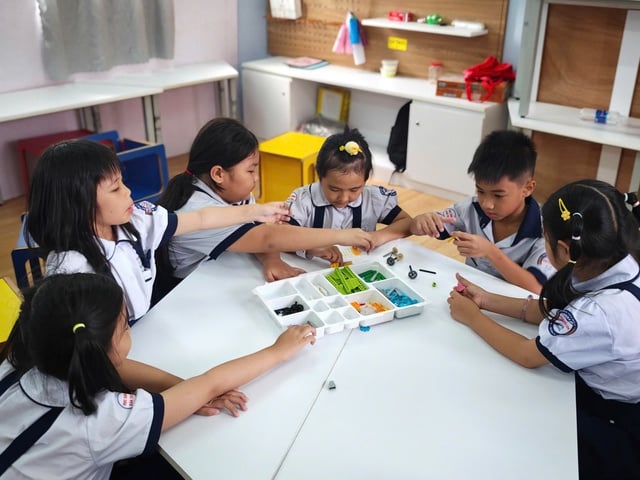
The 2-session/day teaching model is the right and necessary step, but it needs to be implemented appropriately.
Photo: Dao Ngoc Thach
The "hard" separation of content between session 1 and session 2 can lead to obstacles to the educational plan. From 2 sessions/day, students may have to study 3 sessions/day, 4 sessions/day because studying 2 sessions/day still lacks many things. Therefore, the school program needs to be unified, consistent, integrated, humane, and scientific .
Separating teaching and education content into sessions 1 and 2 as instructed by the Ministry can cause the education plan to be "forced" to be divided, leading to a lack of unity. Teaching content needs to integrate between subjects, between theory and practice, between knowledge transfer and discovery activities. In the overall timetable of 2 sessions/day, the most fundamental thing is to define functions, not - from dividing sessions 1 and 2 to dividing "tasks".
According to the Ministry of Education and Training's guidelines for teaching 2 sessions/day, at the primary level, organizing 2 sessions/day should not exceed 7 periods/week. Each period is 35 minutes, implementing a teaching plan of 9 sessions/week (equivalent to 32 periods/week).
At the secondary level, the implementation of 2 sessions/day teaching according to the roadmap, organization and implementation when the facilities and teaching staff are qualified. The arrangement of time and schedule ensures a minimum of 5 days/week, maximum of 11 sessions/week. Each day, teaching must not exceed 7 periods, each period is 45 minutes.
At high school level, the implementation of teaching 2 sessions/day is also organized in qualified schools with a minimum study schedule of 5 days/week, maximum of 11 sessions/week, each day with no more than 7 periods, each period 45 minutes.
Risk of session 2 being lax and lacking in resource investment
Dividing session 1 and session 2 when implementing 2 sessions/day of teaching unintentionally creates a gap between the two sessions, leading to consequences for school management, teachers, and students who consider session 1 as "main" and session 2 as "secondary". This leads to the risk of session 2 being neglected and lacking in resource investment (teachers, educational content, teaching methods, etc.).
The 2018 general education program shifts from imparting knowledge to developing qualities and abilities, integrating many subjects, and increasing the application requirements. However, the implementation as it has been and is not closely following that requirement. Many integrated subjects in secondary schools, such as natural sciences, history - geography, only last 1-2 periods/week, making it difficult for teachers to help students understand and apply.
The lack of synchronization between teaching and testing plans and enrollment strongly affects most teachers and students, leading to the situation where learners and teachers cling to the "lifebuoy" of extra classes and exam preparation classes. Especially at high school level, in order for students to accurately choose their elective subjects, study well, and start a successful business, it is necessary to have a unified and consistent school program.
In fact, the 2-session/day teaching model has been implemented for many years in some qualified educational institutions, so it is not too new. In the current context of general education, extending the study time at school helps students reduce stress (homework, extra classes, extra classes). In addition, schools have more time to organize experiential activities, practice life skills, develop civic capacity, physical education, music, fine arts, etc. to significantly reduce the widespread extra teaching and learning.
The 2-session/day teaching model, if implemented seriously, with consensus and ensuring quality, will be a driving force to create educational equity, narrowing the gap between regions and schools in the same area in terms of teaching and education quality. Therefore, 2-session/day teaching is not purely a professional solution, but is deeply a strategy, concretizing the philosophy of education - education for humanity.
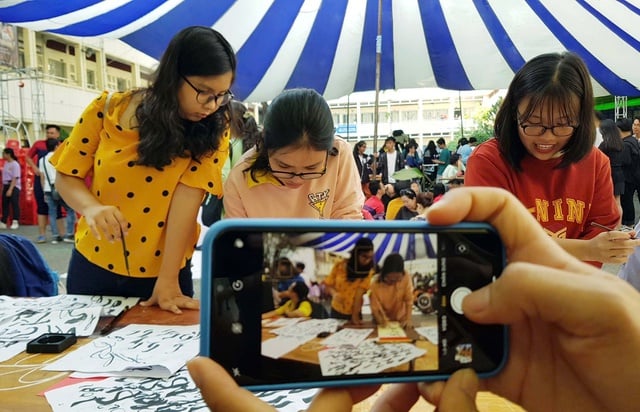
High school students participate in extracurricular activities
Photo: Dao Ngoc Thach
Therefore, along with the division of functions (when teaching 2 sessions/day), the Ministry of Education and Training, the Department of Education and Training, the People's Committees of wards and communes urgently train principals and vice principals and pay special attention to training the teaching staff (both in skills and teacher ethics), and issue sanctions (for violations). It should be noted that the 2-session/day teaching model can combine direct teaching and online teaching.
We can refer to the way of organizing 2 sessions/day of some countries with developed education. For example, in the US, students study from 8:00 to 15:00, continuously studying subjects, alternating experiential activities without separating session 1 and session 2. In Singapore, primary school students study from 7:30 to 13:00 or 14:00. The program includes main subjects and experiential activities, the timetable is not rigidly divided, the school flexibly organizes many forms of study.
To put two-session teaching into practice
- The current communes after the merger have expanded their administrative boundaries, so the number of students has increased, so it is necessary to quickly speed up the construction of classrooms (schools) to accommodate each class with one classroom.
- The Department of Education and Training organizes the recruitment of educational officials to meet the demand of enough teachers to teach 2 sessions/day according to the quota/number of students/school and also quickly solves the current problem of local surplus - shortage of teachers.
- In previous school years, some secondary schools have implemented teaching 2 sessions/day, but most of the time, the second session is mainly taught by schools with additional subjects such as math, literature and English, and there is a fee. Therefore, teaching 2 sessions in the 2025-2026 school year needs to be seriously implemented.
- Funding, local budget arrangement. In addition, promote socialization, encourage and create conditions for organizations and individuals to contribute and invest resources for education according to the law. However, it is absolutely forbidden to use socialized funds to pay for teaching two sessions/day because otherwise it will lead to distortion in teaching the second session as an extra class with student fees.
- The Ministry of Education and Training also stipulates that students are allowed to take Saturday off, in order to promote the initiative and creativity of schools in developing and implementing a 2-session/day education plan, so that students have time to rest, play and entertain...
Nguyen Van Luc
(Trinh Phong Secondary School, Khanh Hoa)
Source: https://thanhnien.vn/day-hoc-2-buoi-ngay-noi-lo-buoi-chinh-buoi-phu-185250815140211822.htm



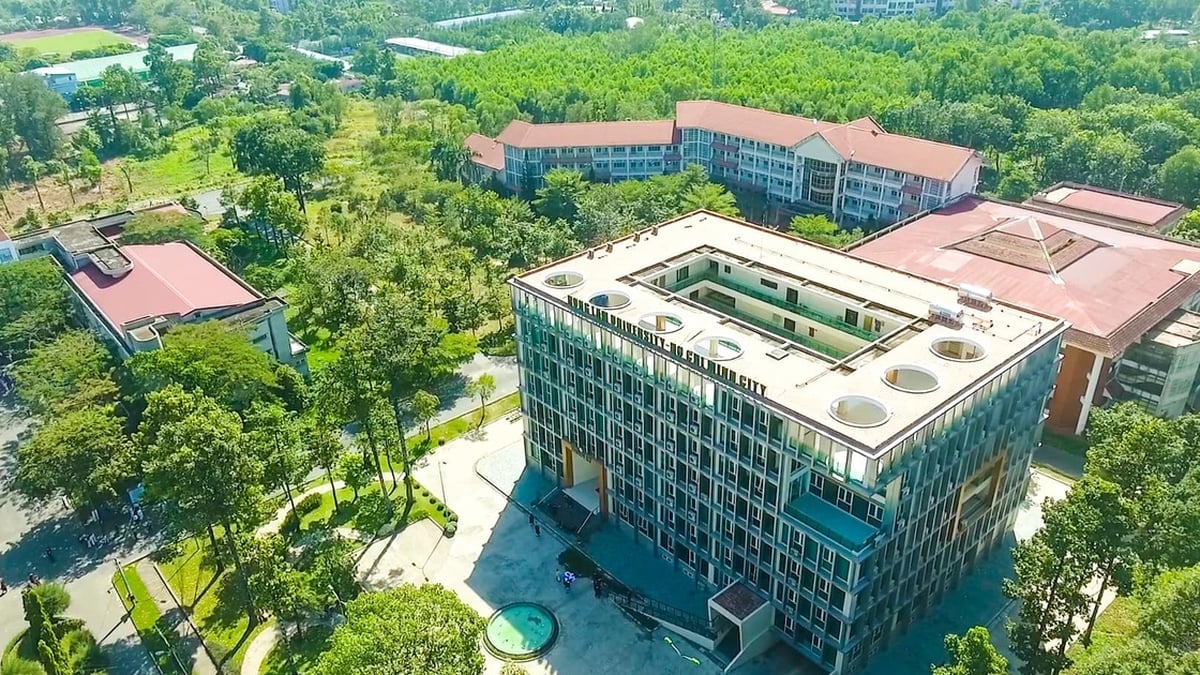
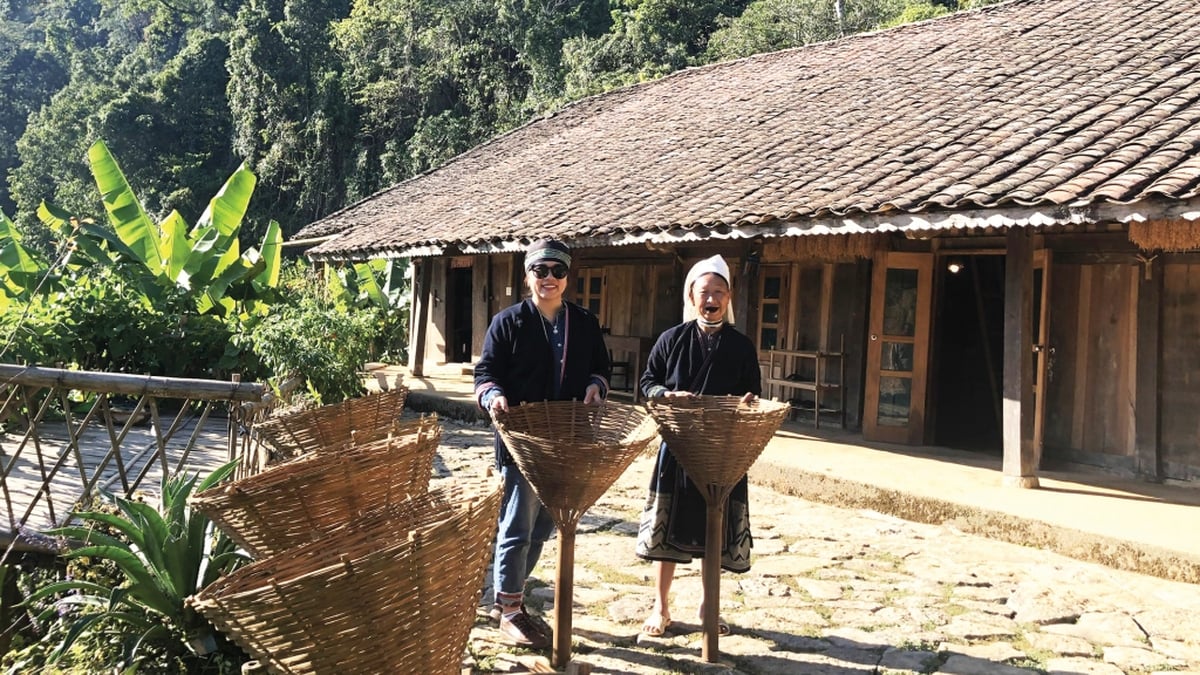

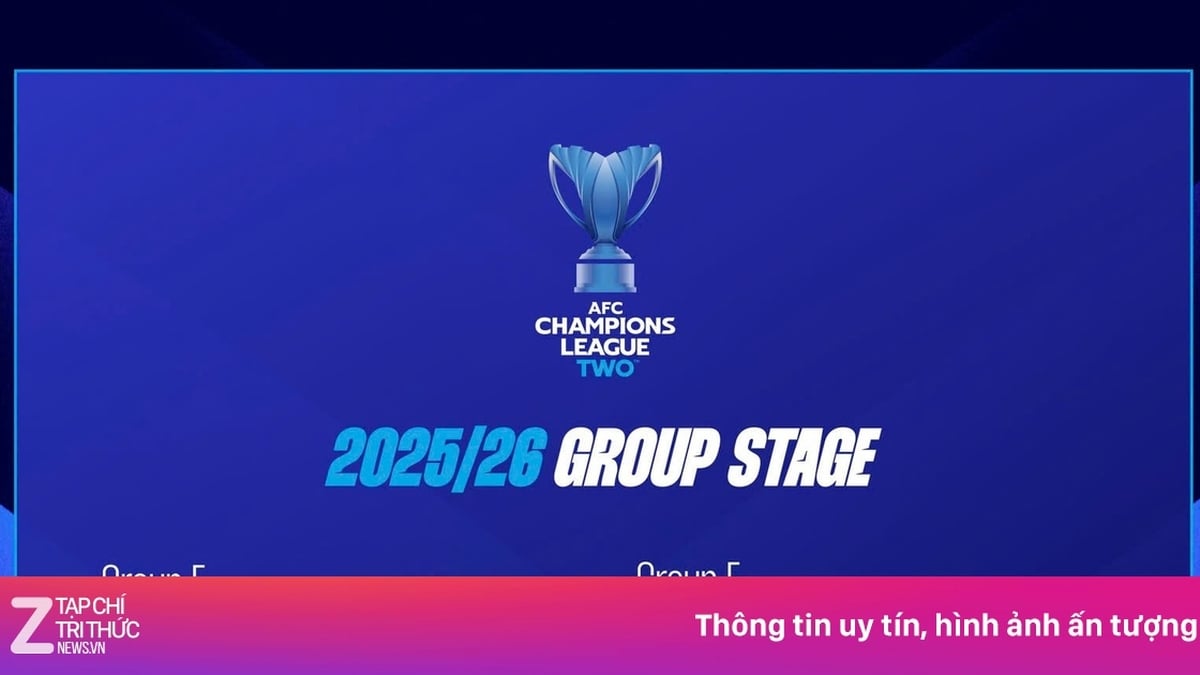
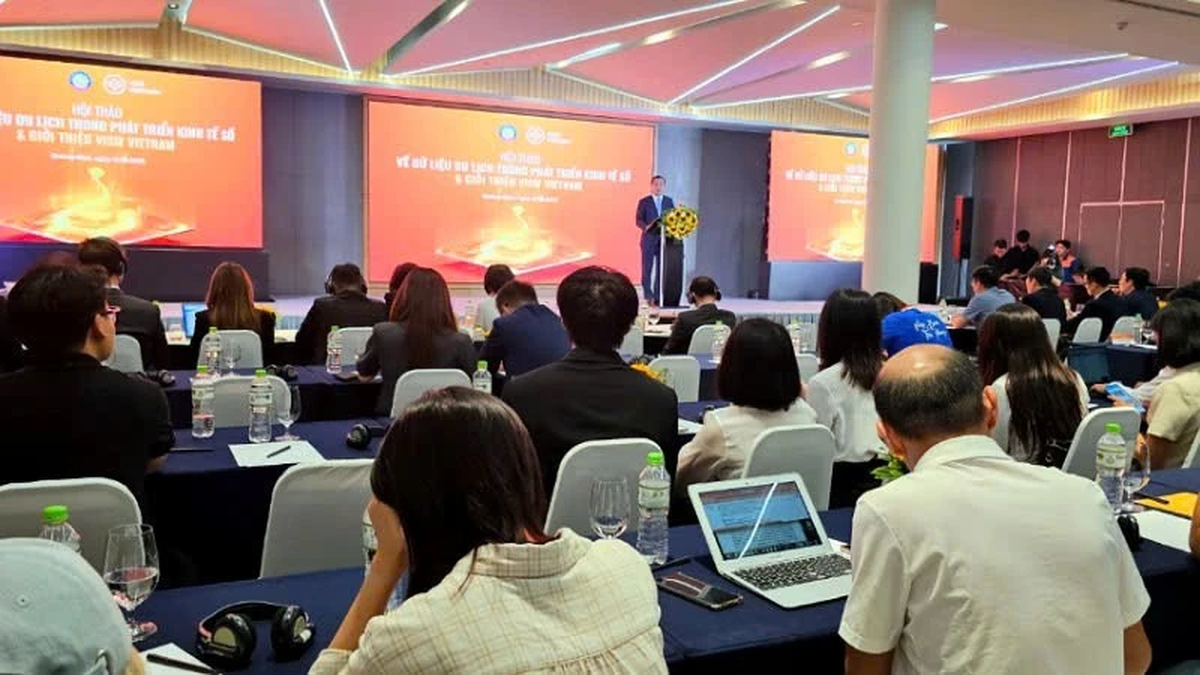

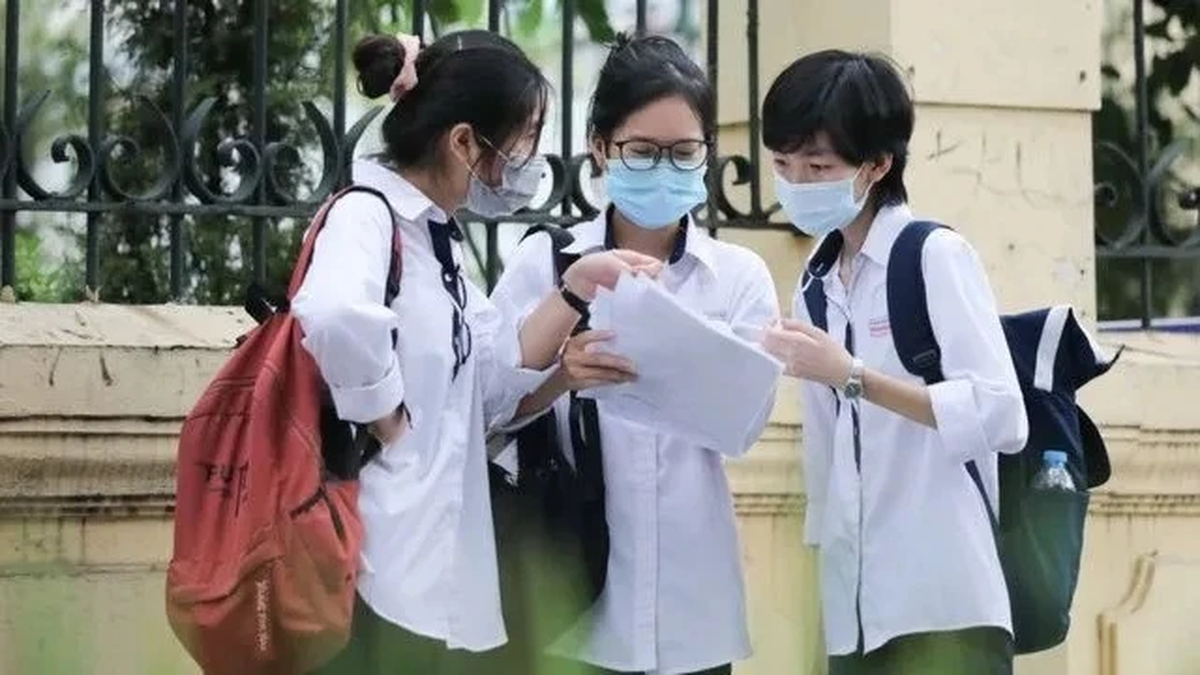
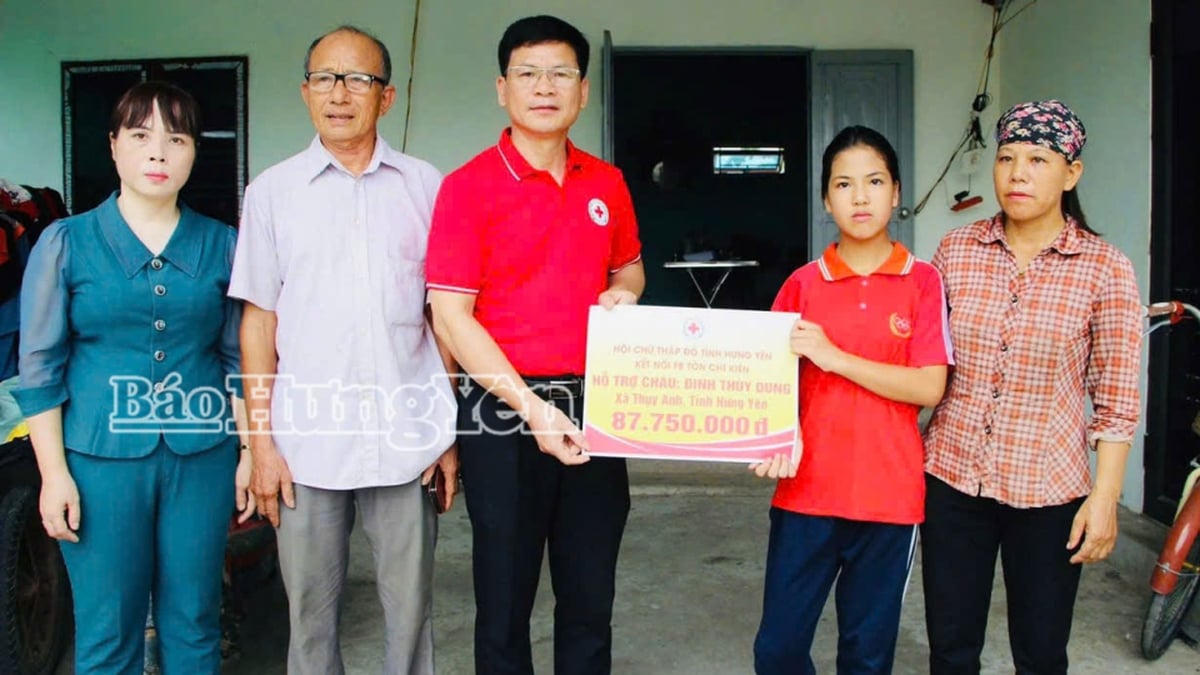











![[Photo] The special solidarity relationship between Vietnam and Cuba](https://vphoto.vietnam.vn/thumb/1200x675/vietnam/resource/IMAGE/2025/8/15/5f06c789ab1647c384ccb78b222ad18e)

![[Photo] President Luong Cuong receives Finnish Ambassador to Vietnam Keijo Norvanto](https://vphoto.vietnam.vn/thumb/1200x675/vietnam/resource/IMAGE/2025/8/15/0f783d6b0f0344ac8b7396962fd8da69)
![[Photo] Firmly marching under the military flag: Ready for the big festival](https://vphoto.vietnam.vn/thumb/1200x675/vietnam/resource/IMAGE/2025/8/15/86df2fb3199343e0b16b178d53f841ec)

![[Photo] Binh Khanh Bridge Ho Chi Minh City is ready to reach the finish line](https://vphoto.vietnam.vn/thumb/1200x675/vietnam/resource/IMAGE/2025/8/14/b0dcfb8ba9374bd9bc29f26e6814cee2)

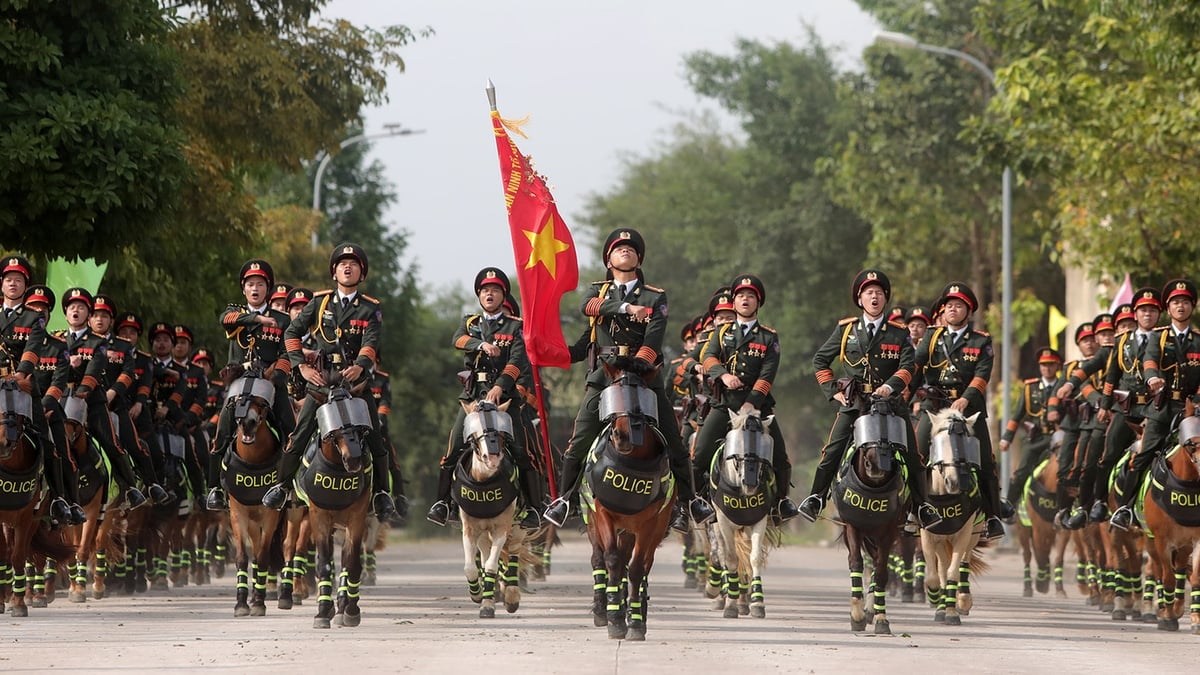







































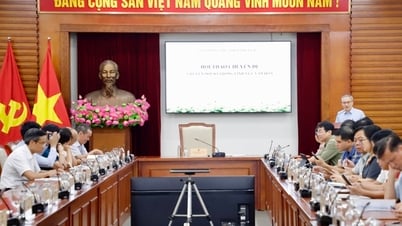




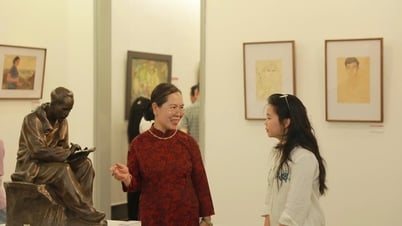






















Comment (0)